Development of telescopic rod for mountain streams
Hello, this is YO.
Since my wife started stream fishing, we have been going to mountain streams more often.
During this time, I began to realize the importance of rod portability and the convenience of having a telescopic rod in case my rod were to break deep in the mountains.
Wouldn't it be possible to have a multi-piece rod where each part is separate and joined together with an inro core or something similar?
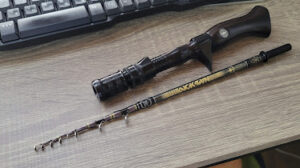
Why not a multi-piece rod?
There are three main reasons why I didn't choose a multi-piece rod.
1. Thin rods for mountain stream fishing have thin cores, especially at the tips.
Not only are the inro cores easily damaged during fishing trips, preparation, and packing up, but if extra parts that are not actually necessary for the rod's action get inside the rod, the part containing the inro core becomes hard when the rod is connected, and the stress is concentrated on that end, making it more likely to break.

2. Higher manufacturing costs
Manufacturing costs are also high because interference with the rod's natural bending must be minimized and because the joints between each part must be rubbed together.
As a result, this is also reflected in the sales price.
3. Can't reel in quickly when reeling in high
When fishing in headwaters, there are many situations where you need to put away your rod, so being able to put the rod away easily leads to stress-free fishing.
In that sense, the convenience of a telescoping rod that can be stored with the lure attached is important.
Disadvantages of telescopic rod
Telescopic rods also have disadvantages.
1. The more compact the rod, the thicker the butt becomes, making it harder to make the rod.
If you try to design it compactly, the number of parts increases. Because it is a swing-out type, the thickness of the lower part increases as the number of parts increases.
Before starting Hitotoki Works, I had tried using a commercially available telescopic rod, but I remember not having a good impression of it because it was too stiff, making casting unstable and it would bounce off fish bites.
The telescopic rod we are developing this time has a retracted length of approximately 30cm and uses a composite material of glass and carbon, with the proportion of glass material increased to the maximum possible extent, resulting in a mild action.
The power generated by the thickness of the rod gives it enough strength to handle unexpected large fish.
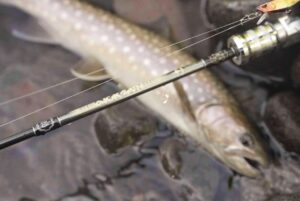
2. The guide turns easily, making it easy for the line to get tangled.
Many of the telescopic rods on the market use guides that were developed for bait fishing.
This guide is a terrible match for a lure rod that is used for continuous casting, as it loosens and spins around, the line is prone to getting tangled, and above all, it looks like a bait rod and looks unsightly.

HitotokiWorks' original telescopic rod has a guide setting that solves these disadvantages by fixing the lure guide to a specially developed guide pipe.
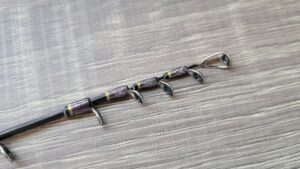
When the rod is extended, it looks like it's not a telescopic rod.
Although it will cost more, it is an area where you cannot compromise as it will make a big difference in both functionality and style.
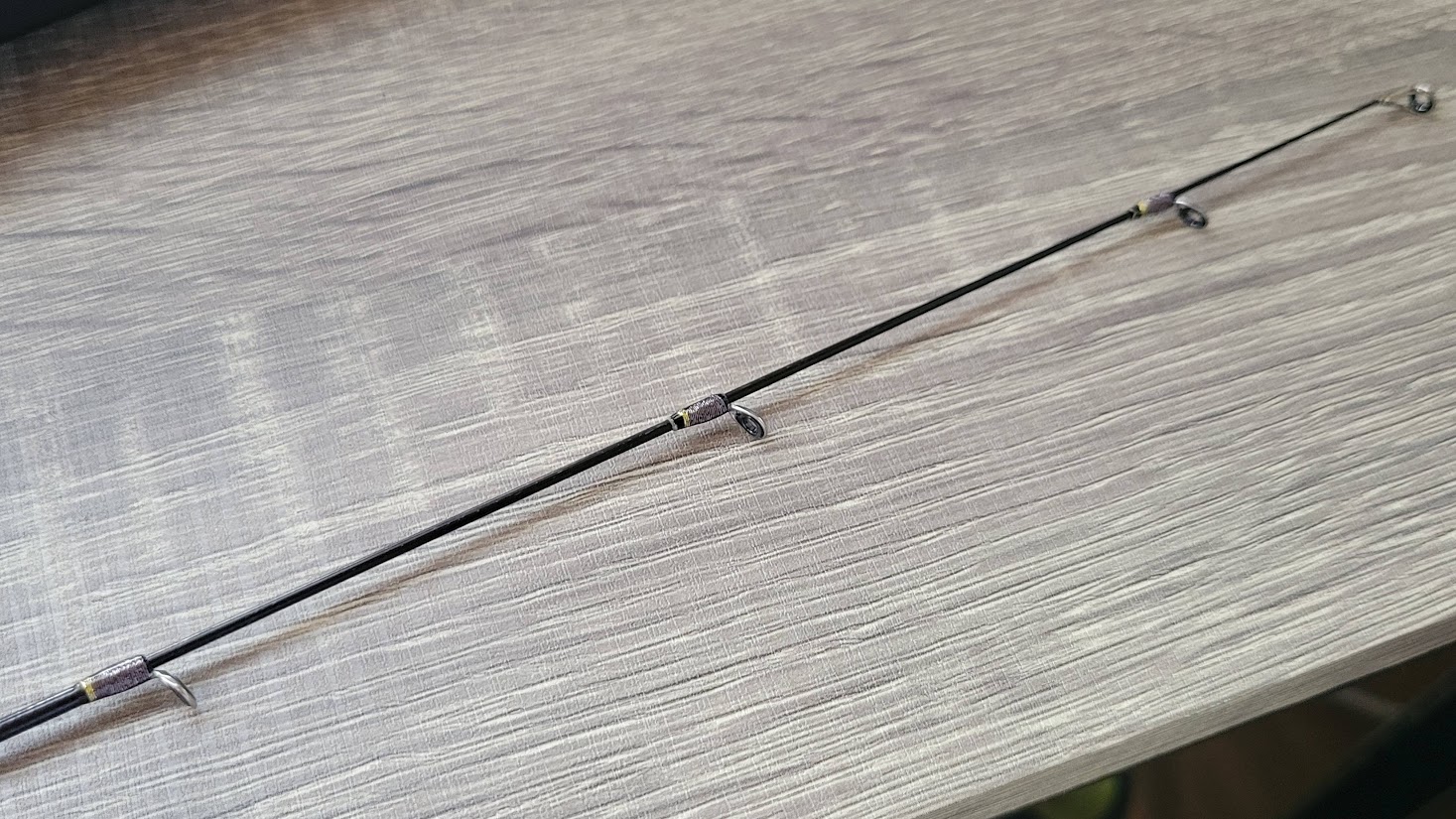
3. The tip is easily broken when the top cover is on.
I used to specialize in repairing fishing rods, but I found that the top covers of telescopic rods have a problem in that they do not function as a cover, and if you hit the tip of the rod with the cover on, the tip often breaks inside the cover.
What can I do to ensure that it doesn't break during transportation?
The answer is to store the entire rod neatly in a backpack.
This is possible only because Hitotoki Works has detachable rods and grips.
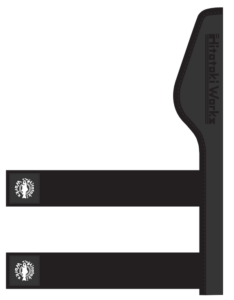
The cover was designed so that you could remove the grip and wrap the grip around the outside of the cover while leaving the thread through.
We are also designing it so that it can be covered without removing the grip.
A serious telescopic rod that eliminates these disadvantages is scheduled to be released in spring 2024.
The length will be about 4'3".
Please look forward to it.
